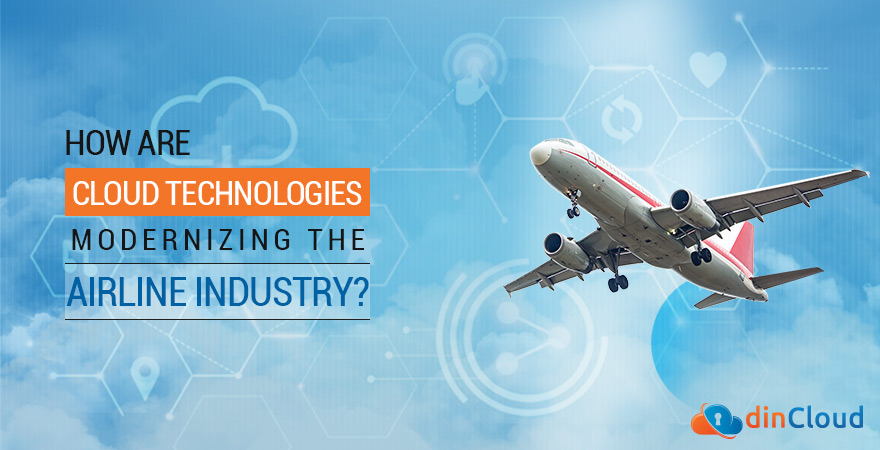The global Covid-19 pandemic has wreaked havoc with the global airline industry. However, the airline industry has made good use of all this idle time, by modernizing both internal aspects of their operations, as well as the more important passenger facing operations.
Now, flying is a complete experience in itself. This whole cycle of airline passenger experience begins from the ticketing phase, and ends once the passenger has safely and happily exited the boundaries of the airport.
Related: Cloud Technology is Transforming Senior Care
The global airline industry is a multi billion dollar affair, with countless small, medium and large airports. The mid to large sized airports are an administrative nightmare, especially during the rush hours and days surrounding holidays or other special events.

Covid-19 has added a whole new dimension of safety to the already complex airline operations. Amidst these challenging requirements, Cloud Computing is emerging as the go-to technology for countless mid to large sized airports across the globe.
Contactless Passenger Handling
The foremost challenge for airline operators and airports alike was to introduce a minimal touch, or even contactless passenger handling process. This includes processes like check-in, luggage handling, boarding and a lot more.
A huge step in this direction comes in the form of Smart Path, a cloud powered suite of solutions capable of executing contactless, biometric verification of passengers. This cloud based solution will not be limited just to the verification process of the passengers.
Using Smart Path, air travelers will be able to interact with all key touch points of the airport through their smartphones. This in turn will improve passenger safety at the airports, while also delivering an efficient digital experience across the premises.
Related: How Cloud Technologies Can Transform the Hospitality Industry
Boarding Flights Made Easy
Using cloud solutions like Smart Path, air travelers will be able to board flights on the basis of their biometrics. No more fiddling and reaching out for your boarding passes at crowded airports, which make an already tough situation even more complex.
By incorporating biometric verification of passengers at airports via the Cloud, airport operations staff can drastically reduce the time it takes to fully board a flight. This in turn will greatly mitigate the annoying crowds at airports.
In some of the airports that have implemented this cloud powered biometric verification, airport staff have been able to board flights with over four hundred passengers in a mere twenty minutes, which is just not possible with the traditional boarding methods.
Related: How Cloud Technologies are Powering Remote Production Crews?
Superior Service Delivery in Rush Hours
Even some of the world’s largest and high tech airports struggle to cope with passenger load during rush hours. In a lot of cases, the back end systems also slow down, and even crash in extreme cases, due to the inability of legacy infrastructures to scale.
By incorporating cloud infrastructures for airport operations, scalability is no longer a bottleneck. Without changing any of the underlying hardware, airports can ramp up cloud resources almost in real time, to cope with any such spike in passenger numbers.
Then, as soon as the temporary spike settles down and airport operations return to normalcy, the cloud resources can instantly be scaled down, resulting in both cost savings and optimal utilization of resources.
Related: What makes the Cloud a Resilient Technology Platform?
Streamlining Off-Airport Operations
The passenger experience does not end within the confines of the airport. As soon as you land at your destination, you could need a host of other services, right at the airport, such as a ride or a hotel reservation for your stay.
The cloud can act as an “integrator and facilitator” for such off-airport operations, by bringing together the entities that provide such services and the airline passengers that need them. This in turn will make travelling experiences much more pleasant.
Conclusion
The airline industry has just started to recover from a devastating pandemic. This recovery can be fast tracked by fully leveraging Cloud Technologies for optimizing both airline operations, and plenty of the off-airport services that air travelers expect.
The flexibility, security and scalability that is unique to cloud technologies provides just the right ecosystem to the airline industry to make this happen. Cloud services will be at the forefront of transforming air travel experiences over the coming weeks and months.
If you are an airline or airport services provider, and looking for cloud solutions that are secure, reliable and readily scalable, look no further than dinCloud.


